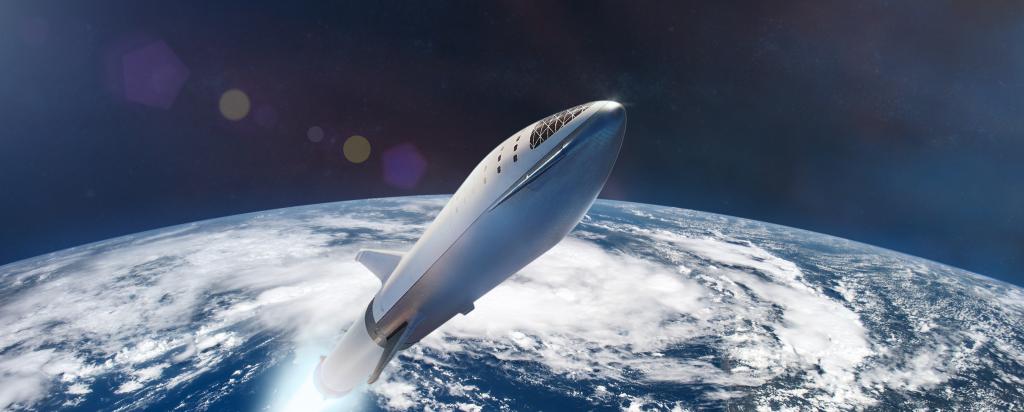

Airbus Project Summary
Airbus Australia Pacific has more than 1500 staff and 20 sites across Australia and is part of the largest aircraft manufacturing company in the world.
In the space sector, Airbus is a major player world-wide, with a rapidly increasing amount of collaboration with the Australian civil and defence space industry.
Electronic components and systems on space missions are subject to space radiation fields from solar activity and cosmic rays, which can cause serious system faults that can potentially lead to mission failure. Single event upsets (SEUs) from cosmic rays and Total Ionizing Dose (TID) need to be anticipated and steps are taken to harden electronic packages against their effect, mitigate the effects with software or at least gauge their likelihood prior to the mission.
Low Earth Orbit (LEO) missions are a current short-term focus for the Australian Space sector and while these involve lower levels of space-based radiation than other missions such as Geosynchronous Earth orbit (GEO), radiation-induced electronic failures are still a risk.
Airbus must include considerations of these effects in their satellite systems and radiation hardness with radiation modelling testing forming a part of their accreditation process.
This is an opportunity for physics and electronic engineering students to participate in a project built around risk models for LEO and GEO missions utilising open-access software and information resources such as SPENVIS and GEANT4 to calculate likely radiation doses and event probabilities for different types of components. The other aspect of this project would be in the development of suitable apparatus whereby common electronic components (such as microprocessors or FPGAs) could be continuously monitored for faults whilst subjected to known amounts of radiation.

Student Undertaking
Terms and conditions
Students will need to sign and complete the Student Program Participation Deedpoll (Airbus)